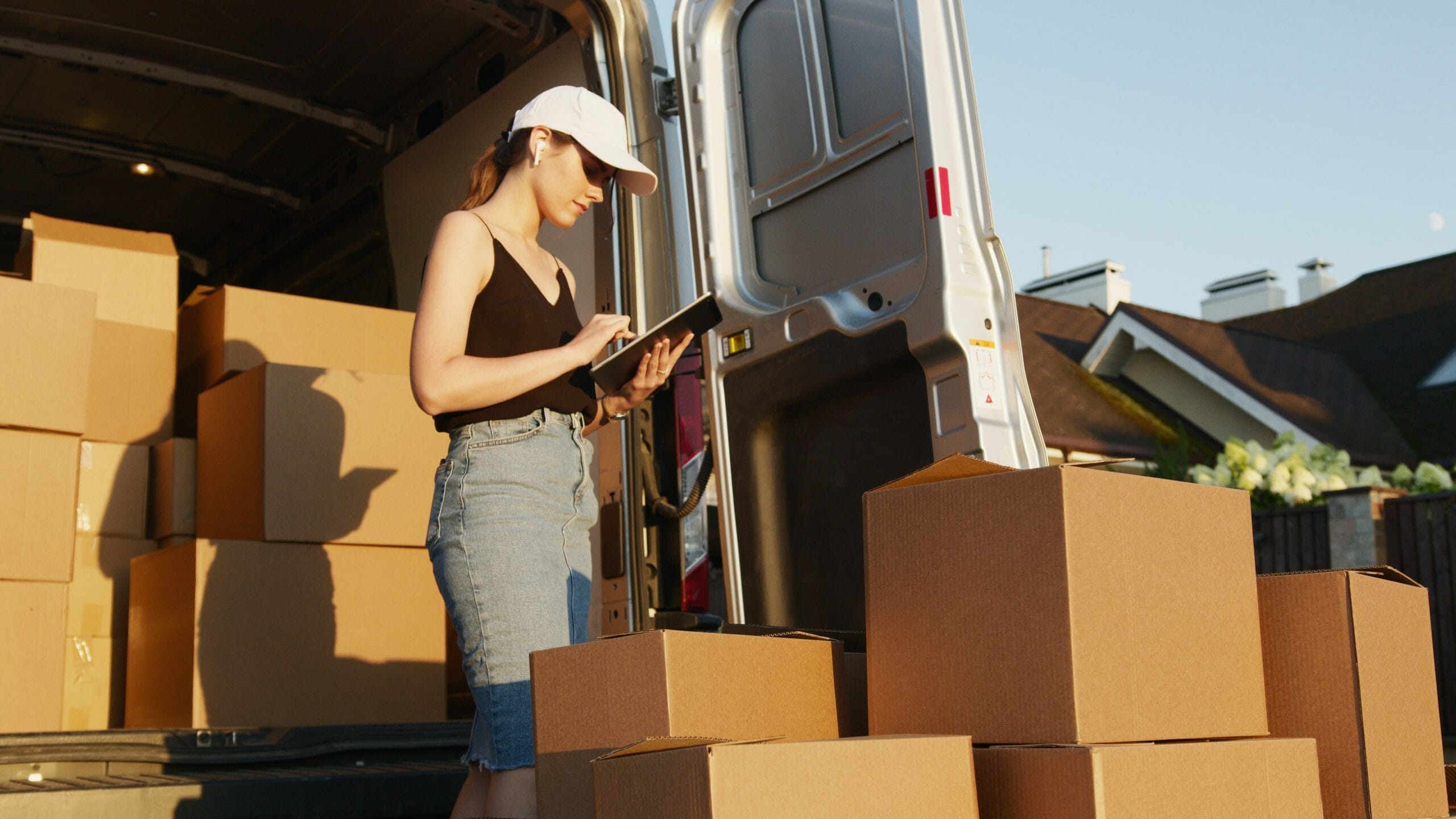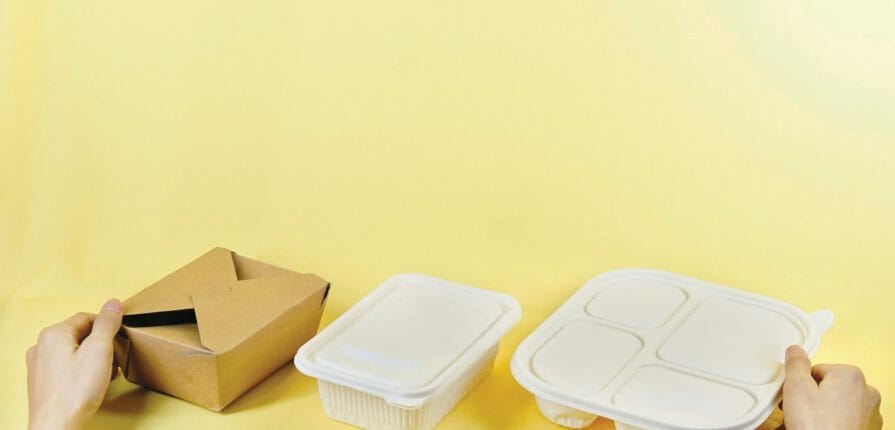In a world where we can order sushi from Japan and have it on our doorstep within 24 hours, it’s easy to forget the incredible journey our food goes through before it reaches us. Likewise, most of us never stop to think about the amazing and meticulous packaging process that safely delivered the Covid-19 vaccines in 2020.
But behind the scenes, a complex and fascinating world of temperature-controlled packaging is hard at work, ensuring that our favorite treats and life-saving medications arrive safely and in pristine condition.
In this article, we’re going to answer the question, “what’s cold chain packaging?”. We’ll tell you everything you need to know about this innovative system and technology that plays a huge role in our everyday lives.
So, what is cold chain packaging?
Cold chain packaging is a system of specialized packaging and shipping methods. Its goal is to maintain a specific temperature range for products that are sensitive to temperature changes. These products include food, vaccines, medications, and other perishable items that must be kept at a certain temperature to remain safe and effective.
Linking the chain
The ‘chain’ in ‘cold chain system’ refers to the process of storing a product until its final delivery at your doorstep. Put simply, the ‘chain’ involves maintaining a consistent temperature for storage, shipping, and handling of products.
In a cold chain system, items must be able to maintain a specific temperature throughout the entire process. If the temperature fluctuates too much, it can cause irreparable damage to the goods and potentially pose a significant risk to the end user.
This is why there’s a strict process that cold chain packaging companies follow to ensure no product’s quality is compromised.
What’s the cold chain packaging process?
Keeping your ice cream frozen and your fish properly chilled takes more than simply packing it into a temperature-controlled box. Ensuring sufficient temperature control is critical throughout the entire cold chain process. This process includes storage, transportation, handling, and delivery.
1. Storing the product
As the initial stage in the cold chain process, storage is critical since it’s where the products are kept until they’re ready to be shipped. During this time, it’s vital to maintain the appropriate temperature to ensure that the products remain in top condition. But, keeping a product at its intended temperature can be challenging. This is due to factors such as room temperature, humidity, and air circulation which can all impact the storage environment.
For example, let’s say a product that requires refrigeration, such as fresh orange juice, is stored at room temperature for too long. As a result, it could spoil, rendering it unsafe for consumption. On the other hand, if a product that should be stored at room temperature is kept in a cooler environment, it may lose its quality and freshness.
So, to combat these challenges, storage facilities may use specialized equipment such as walk-in coolers, freezers, or temperature-controlled rooms to ensure that the products are kept at the correct temperature. In some cases, monitoring equipment may also be used to make sure that the temperature remains within the desired range.
2. Transporting the product
Maintaining a consistent temperature during the transportation is crucial in ensuring that products arrive at their final destination in optimal condition. This is especially important for perishable goods, such as food and medicine, which are highly sensitive to even minor temperature changes.
Any deviation from the required temperature range during transportation could compromise the safety of these products. As a result, food can become unfit for consumption and medicines can become ineffective in treating illnesses. But, with the use of specialized transportation systems, companies can make sure their products remain at a consistent temperature, regardless of the distance or duration of the journey.
3. Handling the product
Proper handling of products during the cold chain process is just as critical as keeping products at the right temperature. Even the slightest temperature fluctuation during handling could compromise the quality of the product and thus, lead to spoilage or harm to the end user.
Also, mishandling products can damage the packaging materials, which could also lead to temperature deviations. Therefore, all parties involved in the handling process must be trained to understand the importance of maintaining the cold chain. Likewise, they must be equipped with the proper tools and equipment to handle the products safely and effectively.
4. Delivering the product
During the delivery stage, the products are at their final destination, which could be a brick-and-mortar store or the consumer’s doorstep. If the product has been compromised during transportation or handling, it could lead to spoilage or loss of efficacy, which could result in harm to the end user or financial losses for the company.
Thus, every product must be delivered at the correct temperature to ensure customer satisfaction and safety. That’s why this stage of the process is all about ensuring the products arrive at their destination in good condition.

Types of cold chain packaging
Now that you understand the process of this innovative packaging system, let’s go over the different types. Active, passive, and hybrid are the three main types of cold chain packaging.
What’s active cold chain packaging?
Active cold chain systems utilize specialized containers or shippers equipped with temperature control technology, like electric or battery-powered cooling. These systems can include built-in cooling units or dry ice to keep a temperature consistent.
Active systems are particularly useful for larger shipments. This is because the cooling system can control and regulate the temperature of the entire payload. In turn, this ensures that the products stay within the desired temperature range throughout the shipping process.
What’s passive cold chain packaging?
Passive cold chain systems use design technologies like polyurethane or polystyrene insulation or vacuum-insulated panels to maintain a set temperature. These technologies can keep the packaging at its intended temperature for an extended period, usually 96 hours or more.
What’s hybrid cold chain packaging?
Considered the future of packaging technology, hybrid cold chain systems are a recent development that have revolutionized food and pharmaceutical safety– all while minimizing packaging waste.
By merging the advantages of active and passive packaging, hybrid packaging extends the shelf life of products while enhancing their safety.
Cold chain system methods
Not every cold chain system is handled the same. Three common methods are sustainable, recyclable, and reusable packaging. Let’s explore each one.
What’s sustainable cold chain packaging?
The sustainable method uses eco-friendly cold chain packaging solutions to minimize environmental impact while maintaining product quality during transportation and storage.
These eco-friendly materials and technologies include reusable containers, biodegradable insulation packaging, and efficient cooling systems that use natural refrigerants. It enables companies to reduce their environmental footprint and promote sustainability.
What’s recyclable cold chain packaging?
Cold chain systems that use recyclable packaging leverage materials that can be easily recycled. They also consider the entire lifecycle of the packaging to minimize environmental impact. As a result, the recyclable method reduces waste in the packaging industry.
What’s reusable cold chain packaging?
This method relies on reusable cold chain packaging materials that can be used multiple times. These are usually very durable materials, like metal or hard plastic, that help reduce waste and are environmentally friendly alternatives to single-use packaging.
What’s cold chain packaging? Wrapping up.
With the increasing demand for perishable goods across the globe, the need for effective and sustainable cold chain solutions is more important than ever. From the food we eat to the medicine we take, the cold chain gives us peace of mind that these products are safe and effective when they reach us.
So, by recognizing the importance of cold chain packaging and investing in innovative solutions, we can continue to enjoy safe and high-quality products while minimizing our impact on the environment.

